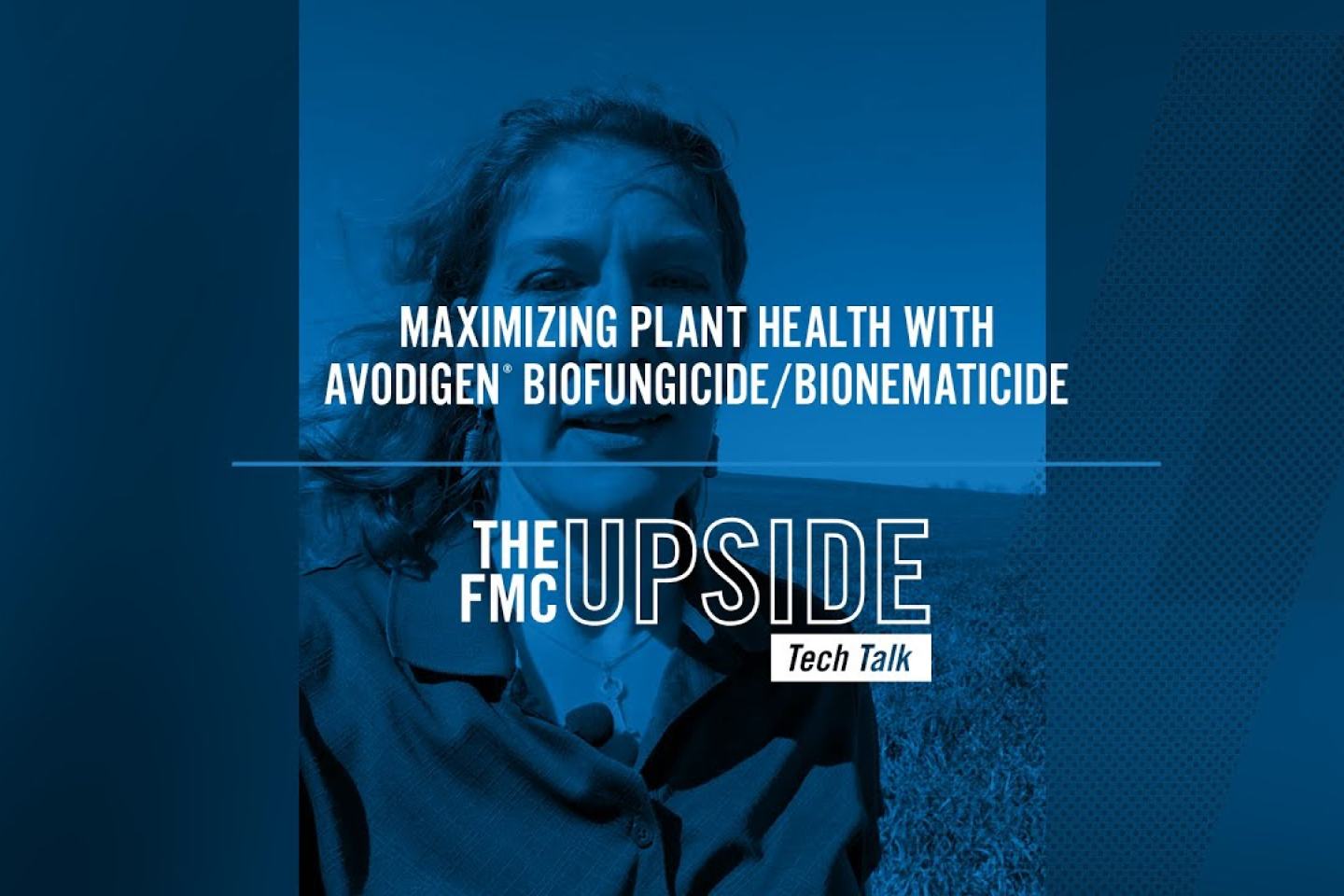Biologicals are fundamental assets for an integrated pest management (IPM) strategy. They offer new opportunities to mitigate the development of resistance, helping to improve soil health and enhance plant growth. Growers looking for an alternative solution to add to their crop protection plan or a new way to help increase yields, might consider adding biological solutions into the mix.
The key to effective IPM programs is getting an early start on controlling pests. The focus is keeping pest populations low and manageable rather than applying curative control after pests reach economic thresholds. Matthew Pye, biologicals subject matter expert for FMC, sees biologicals having a particular fit in a grower’s IPM program.
“These tools fit well within IPM ideology since most are best applied as preventative solutions at the early crop stage,” Pye explains. “Due to their nature, biologicals are used to proactively control a pest or disease that might not have been detected in the field, yet. For most applications to be successful, they need to get ahead of the problem to have the best chance at preventing economic loss in the field.”
Benefits of adding biologicals to an IPM program
Derived from naturally occurring sources, biologicals provide new, innovative and complementary solutions to help growers protect their crops, while producing additional benefits to their cropping system as a whole.
“They have a whole host of secondary benefits,” Pye comments. “Some of those benefits include improving overall crop health and root vigor and enhancing water stress management.”
When biologicals are applied, the population of beneficial microbes increases in the soil or plant. This benefits the host crop’s environment, ultimately helping to improve yield potential and crop quality. Some have even proven to help plants access more moisture or survive better under drought conditions.
Biological products for an IPM program
Zironar® biofungicide/bionematicide is one product that has demonstrated protection against season-long fungal diseases and soil nematodes amongst other additive benefits. Multiple soybean trials spanning from 2021 to 2023 showed improved plant vigor, seed pod development and root and shoot branching, as well as greater stand uniformity which all helped enable faster rate of canopy closure with fewer weed escapes in the field.
With biologicals, growers will be equipped to mitigate or slow resistance development as they are applying a greater variety of active ingredients with different modes of action to their crops.
“When properly used, biological crop protection products have the potential to extend the effectiveness of the chemistries currently in use,” Pye states. “Some products are broader spectrum and involve a combination of different modes of action. They are a great tool for growers to complement or alternate the use of synthetic chemistries only when used before the problem gets out of hand.”
Synthetic crop protection products still play a role in IPM programs for controlling high-pressure pests or pathogens. But with biologicals as part of the crop protection program, growers can manage pest and disease pressures for longer to help reduce or postpone synthetic applications. Together, these tools can complement each other to create a more holistic approach.
When to use biological products in an IPM program
Nematodes are one example of a situation where a biological may be a good addition or complementary solution to conventional products. Over the years, many nematode control options have been removed from the market through the regulatory process.
“Some of the available chemistries leave a lot to be desired from growers who were used to the level of control the older chemistries provided,” Pye says. “Combining a biological with synthetic products provides additional activity as well as other crop health attributes when controlling nematodes.”
When it comes to implementing biologicals into an IPM program, it is important to develop a comprehensive plan before making applications.
“Just like any input, I recommend taking a season-by-season approach to implementing biologicals,” Pye states. “See how they work in one part of your field and then as your comfort level and understanding of them grows, you can begin incorporating them into other parts of your operation, especially in marginal areas that you’re seeking to improve.”
Biologicals can provide growers with the tools to help protect their crops precisely and efficiently. Whether a grower is looking for a product that is more sustainable, or seeking a new way to increase yields, biologicals have a fit in an IPM or pest management program. See how you can integrate Zironar biofungicide/bionematicide into your pest management program today.
Always read and follow all label directions, precautions and restrictions for use. Some products may not be registered for sale or use in all states. FMC, the FMC logo and Zironar are trademarks of FMC Corporation or an affiliate. ©2023 FMC Corporation. All rights reserved. 23-FMC-1420 10/23



